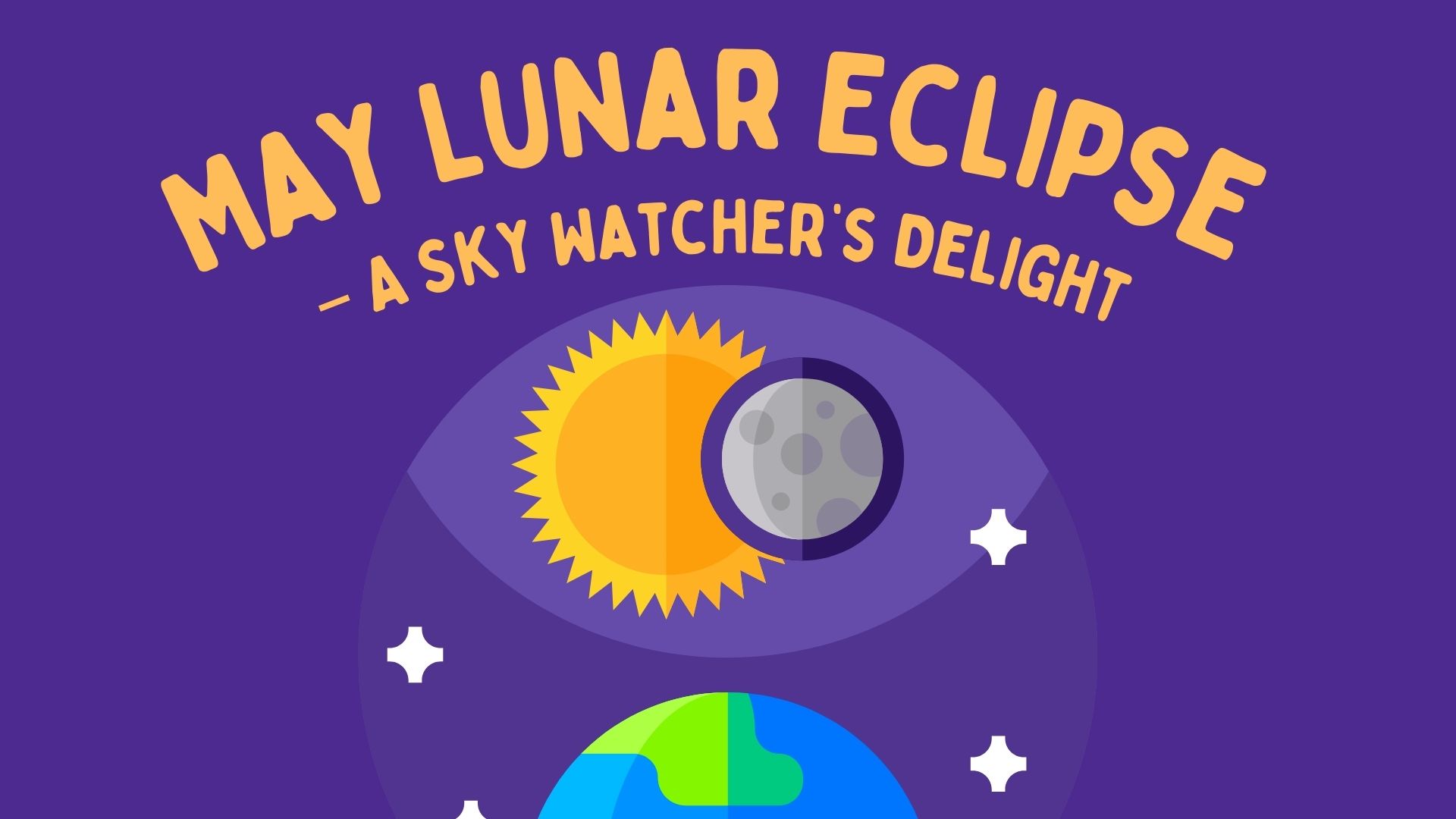If you are a sky watcher, May holds a particular delight for you. The overnight hours of May 15-16 will feature a total lunar eclipse, visible in its entirety in the eastern United States.
The timetable from the U.S. Naval Observatory has the penumbral (outer shadow) portion of the eclipse starting about 9:30pm. It will progress to a partial eclipse, where the moon moves into the umbra part of the shadow, beginning at 10:28pm. Totality starts at 11:29pm and will last approximately 1 hour and 25 minutes. The moon will appear to have a bit of a reddish tint during totality. Totality ends at 12:54am. The second partial eclipse phase will end at 1:55am.
Unlike a solar eclipse, no special equipment, other than a comfortable chair and a clear sky, is needed to view a lunar eclipse. It is safe for viewing without eye protection. Binoculars or a small telescope will enhance your viewing but are not necessary.
If you are up for a drive, the Udvar-Hazy Center in Chantilly Virginia is welcoming observers to their facility for this event on May 15, 2022, from 8:30pm to 1:00am. Admission to the facility is free, but there is a fee for parking. Check their website for details.
All eclipses belong to a “family” – called a Saros. A saros is a cycle in which eclipses of the sun and moon occur in the same sequence and at the same intervals. Each saros spans centuries, but each phase of the saros is about 18 years, 11 days in length. The upcoming lunar eclipse belongs to Saros 131, a series of eclipses that spans about 1,300 years. The May lunar eclipse is #34 of a series of 72 lunar eclipses in this saros. According to NASA, the series began May 10, 1427, and will end July 7, 2707! The next total lunar eclipse visible to us will be May 26, 2040, so don’t miss this one!

